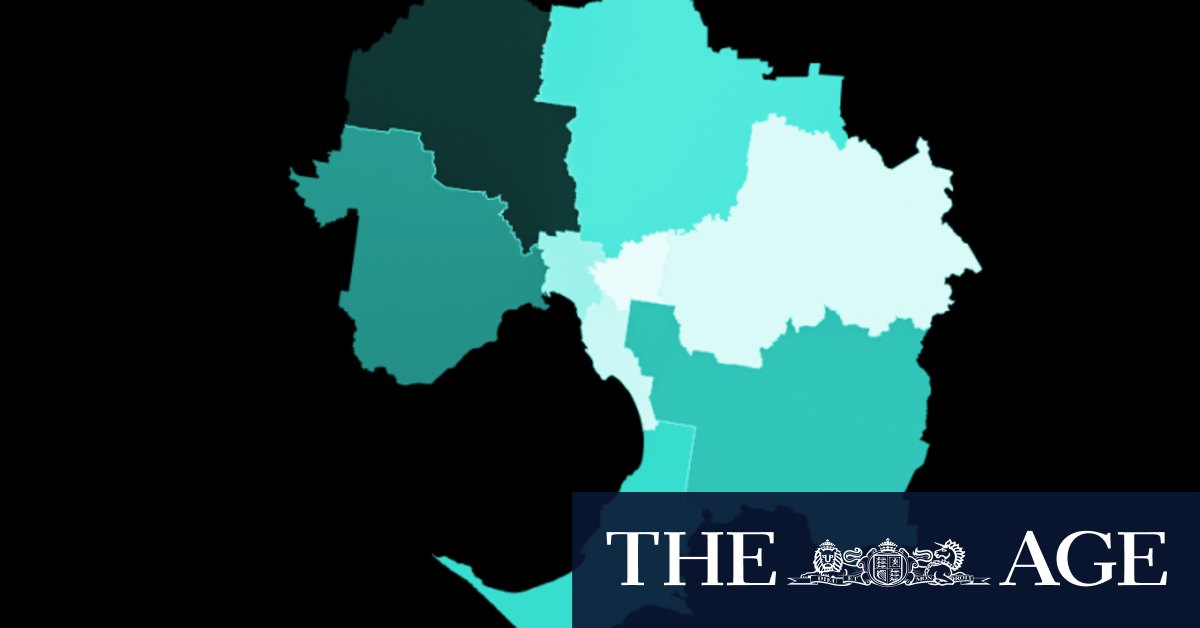The Melbourne suburbs where home owners are most likely to be keeping up with their repayments are largely scattered across the city’s east, ranging from Ferntree Gully and Blackburn to Hughesdale, Bentleigh and Bentleigh East.
Loading
Chen also said timing was a factor in whether borrowers were likely to fall behind.
Loans that were approved during 2021 and 2022 are deteriorating more than loans approved in other years, she said, given interest rates were historically low and house prices were peaking, meaning borrowers needed to take out larger loans because housing was so expensive.
Chen said investment loans had not yet worsened because many investors are still on interest-only repayments, but warned this could change.
“For the first three years of interest-only payments, compared to a principal and interest loan, that borrower has not been reducing the loan amount, so once you step up the interest it will be a much bigger shock,” she said.
She warned arrears rates are likely to rise moderately this year, although a strong labour market and solid housing market would limit the impact.
Home owners are under pressure from rising interest rates and inflation.Credit: Chris Hopkins
Mortgage broker Nariman Amalsadiwala has clients who are finding it tough to meet their repayments, but managing so far.
Some are trying to consolidate debts such as car loans and credit cards, but not all are able to because of limits on their borrowing capacity, the Red Maple Finance director said.
“Luckily I don’t have any clients who have seen a default,” he said. “In terms of people struggling to keep it up, yes definitely, I hear it a lot of times.”
Loading
He said owners who borrowed in the last three to four years while interest rates were low are facing the most stress now that the Reserve Bank has hiked the cash rate to 4.35 per cent to tame inflation.
Some are revising their budgets or have to sell an investment property, while he is reviewing client loans to try to secure better deals with the same lender or by refinancing. One tried to convert their owner-occupier loan to interest only, which can be a challenging process.
“Downsizing their living budgets and that sort of stuff is what I hear a lot,” he said.
AMP deputy chief economist Diana Mousina said mortgage arrears overall have risen to pre-COVID levels, but are not anywhere near high enough to pose a risk to the stability of the financial system.
“The households you’re most worried about are the ones that have little free cash flow after they pay for all their essential items,” she said.
Households that have taken out large loans or borrowed in the last few years are at higher risk, as are workers who lose their jobs as the unemployment rate rises.
She said the outer suburbs were likely overrepresented in the arrears data given residents’ more modest incomes. Buyers in the inner suburbs are more likely to be purchasing more expensive properties.
As for any relief from an interest rate cut, AMP said it is unlikely until November, and Mousina said it may be longer.
“Interest rates are likely to stay quite elevated, which will prove to be tough for the home owner.”

